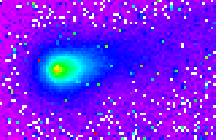The Hyakutake Comet
Click on image for full size
Michael Brown (University of Melbourne), Chris Fluke (University of Melbourne) and Mount Stromlo and Siding Spring Observatories
DISCOVERED! X-rays from comet Hyakutake
A bit of background
The solar wind coming from the Sun can steal electrons from atoms found in comets. These stolen electrons start off very excited (with lots of energy). Electrons can't stay in an excited state for very long. They get "tired" just like humans do. So they give off energy so they can become less excited. When the energy is given off, we can detect an x-ray. So by looking at x-rays, we can figure out where a comet is in space.
The details of the discovery
On March 27, 1996, observations were taken of the Comet Hyakutake by a German satellite. X-rays (the first from any comet) were detected at this time. Very powerful computers were then used to figure out the relationship of the x-rays to the location of the head of the comet.
You might also be interested in:
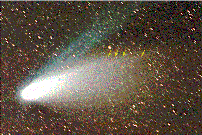
Hale-Bopp continues to offer new surprises as two astronomers report of their study of the comet. Using the Hubble Space Telescope and the International Ultraviolet Explorer, the astronomers did a year-long
...more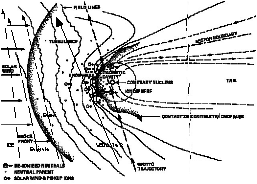
Six spacecraft flew by Halley's comet in 1986. There were two spacecraft launched from Japan, Suisei and Sakigake, and two from the Soviet Union, Vega 1 & 2. One spacecraft, ICE, from the United States
...more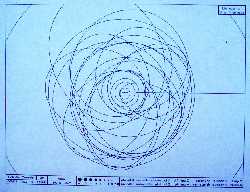
Comets are observed to go around the sun in a long period of time or a short period of time. Thus they are named "long-period" or "short-period" comets. One group of short-period comets, called the Jupiter
...more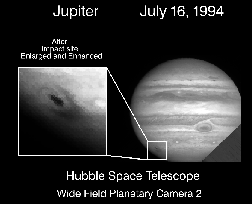
Scientists have learned a great deal from the crash of comet Shoemaker-Levy 9. Scientists traced the orbit of the comet backwards in time to guess its origin. The crash of a comet like Shoemaker-Levy 9
...more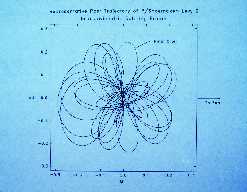
Mathematical theory suggests that comet Shoemaker-Levy 9 was likely a short-period comet which was captured into orbit around Jupiter in 1929 and began to execute the path plotted in this diagram. This
...more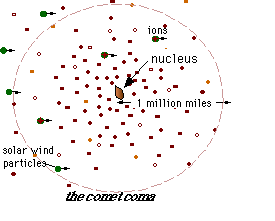
As the ices of the comet nucleus evaporate, they expand rapidly into a large cloud around the central part of the comet. This cloud, called the coma, is the atmosphere of the comet and can extend for millions
...more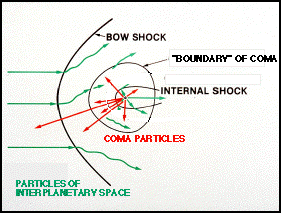
When evaporation begins, the gas is propelled from the nucleus at supersonic speed (depicted by arrows in the figure). Because of the low gravity in space, this means that the molecules from the nucleus
...more


